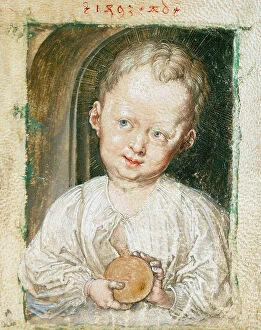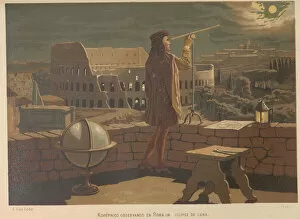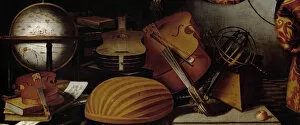Spherical Earth Collection
In the realm of scientific discovery, few theories have had as profound an impact on our understanding of the universe as the concept of a spherical Earth
All Professionally Made to Order for Quick Shipping
In the realm of scientific discovery, few theories have had as profound an impact on our understanding of the universe as the concept of a spherical Earth. From ancient civilizations to Renaissance scholars, this idea has captivated minds and reshaped our perception of the world we inhabit. One pivotal figure in this narrative is Nicolaus Copernicus, whose revolutionary work challenged prevailing beliefs about celestial bodies. In Rome, where Copernicus resided during his studies, he delved into the depths of astronomical knowledge. His presence in this historic city serves as a reminder of his significant contributions to science. The artistic depictions from that era further emphasize the importance placed on understanding Earth's shape. The Harmonia Macrocosmica planisphere by Andreas Cellarius showcases Copernicus' cosmological model, highlighting his belief in a heliocentric system. This intricate artwork symbolizes humanity's quest for knowledge and its ability to unravel mysteries hidden within nature. Jan Matejko's portrayal captures Copernicus' essence with remarkable precision. The painting exudes an air of intellectual curiosity and determination as it immortalizes one man's pursuit of truth amidst societal opposition. Meanwhile, still life paintings featuring globes and armillary spheres remind us that these concepts were not confined solely to academia but permeated various aspects of daily life during that period. These objects served both practical purposes and symbolic representations - tools for navigation and exploration while also embodying mankind's desire to comprehend its place in the vast cosmos. Even earlier works like Jacques de Vaulx's illustrations or Botticelli’s depiction of Saint Augustine engrossed in study demonstrate how thinkers throughout history grappled with questions surrounding Earth’s shape and position within the universe. As time progressed, advancements such as astrolabes became crucial instruments aiding navigators across uncharted waters – tangible evidence supporting a spherical Earth theory that would revolutionize seafaring journeys forevermore. These historical artifacts collectively illustrate humanity's ceaseless pursuit of knowledge and the gradual acceptance of a spherical Earth.


















